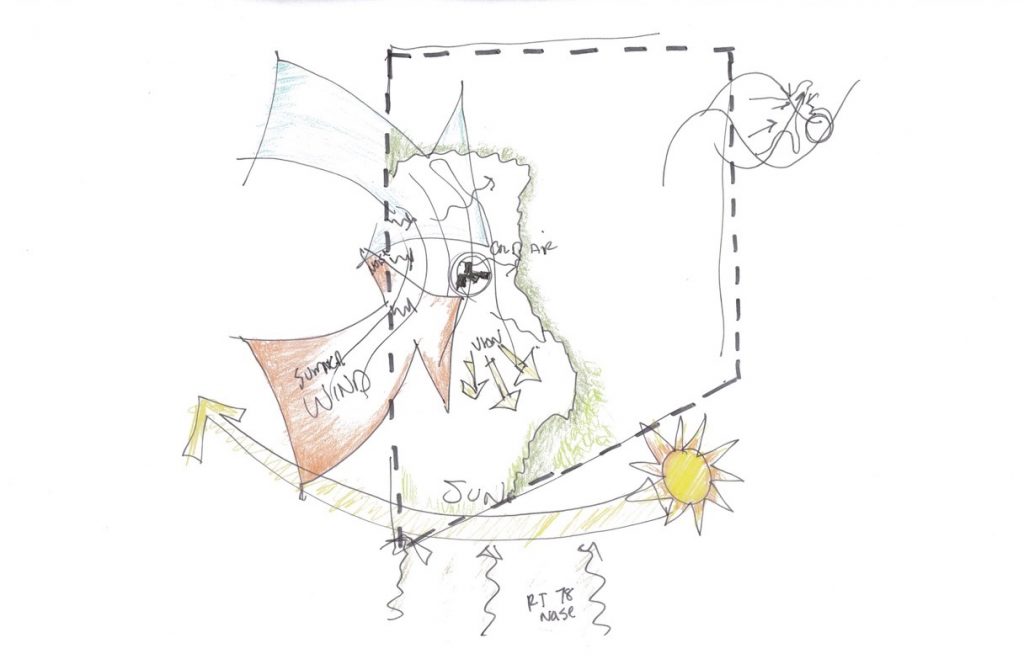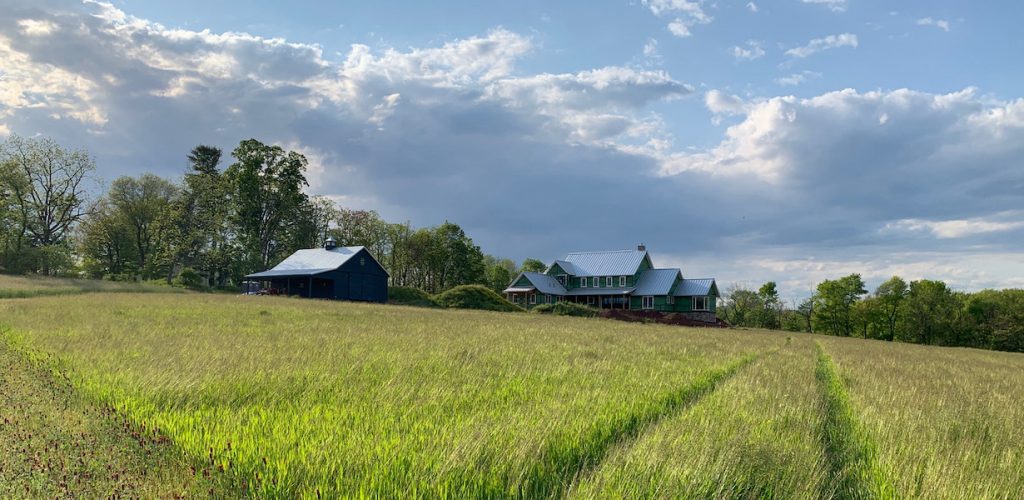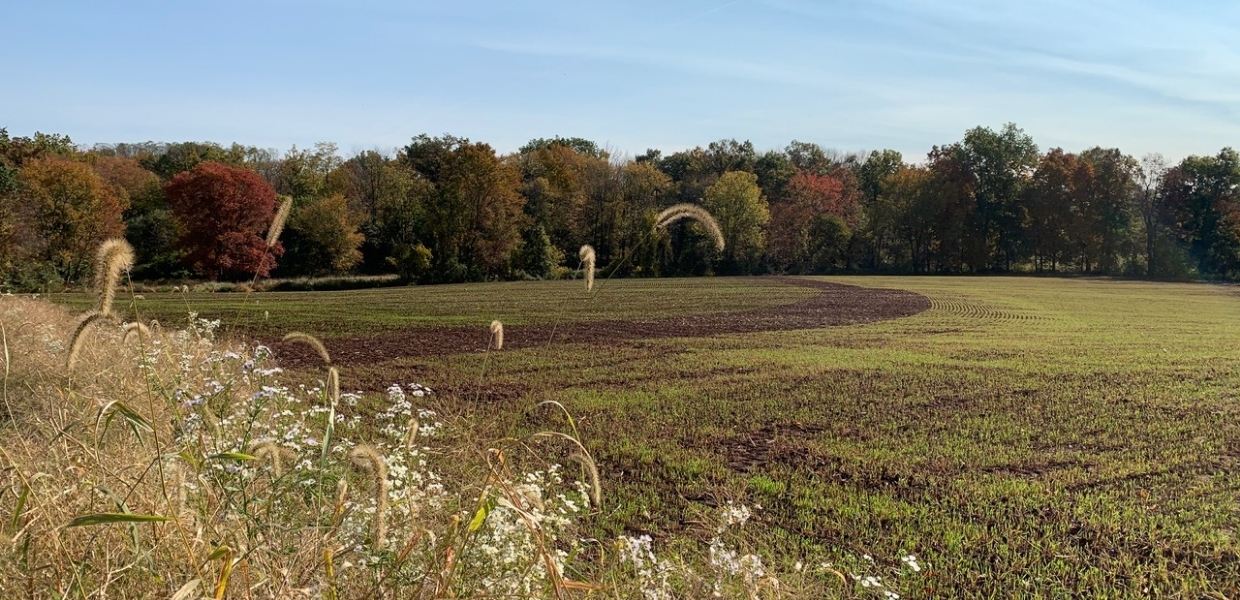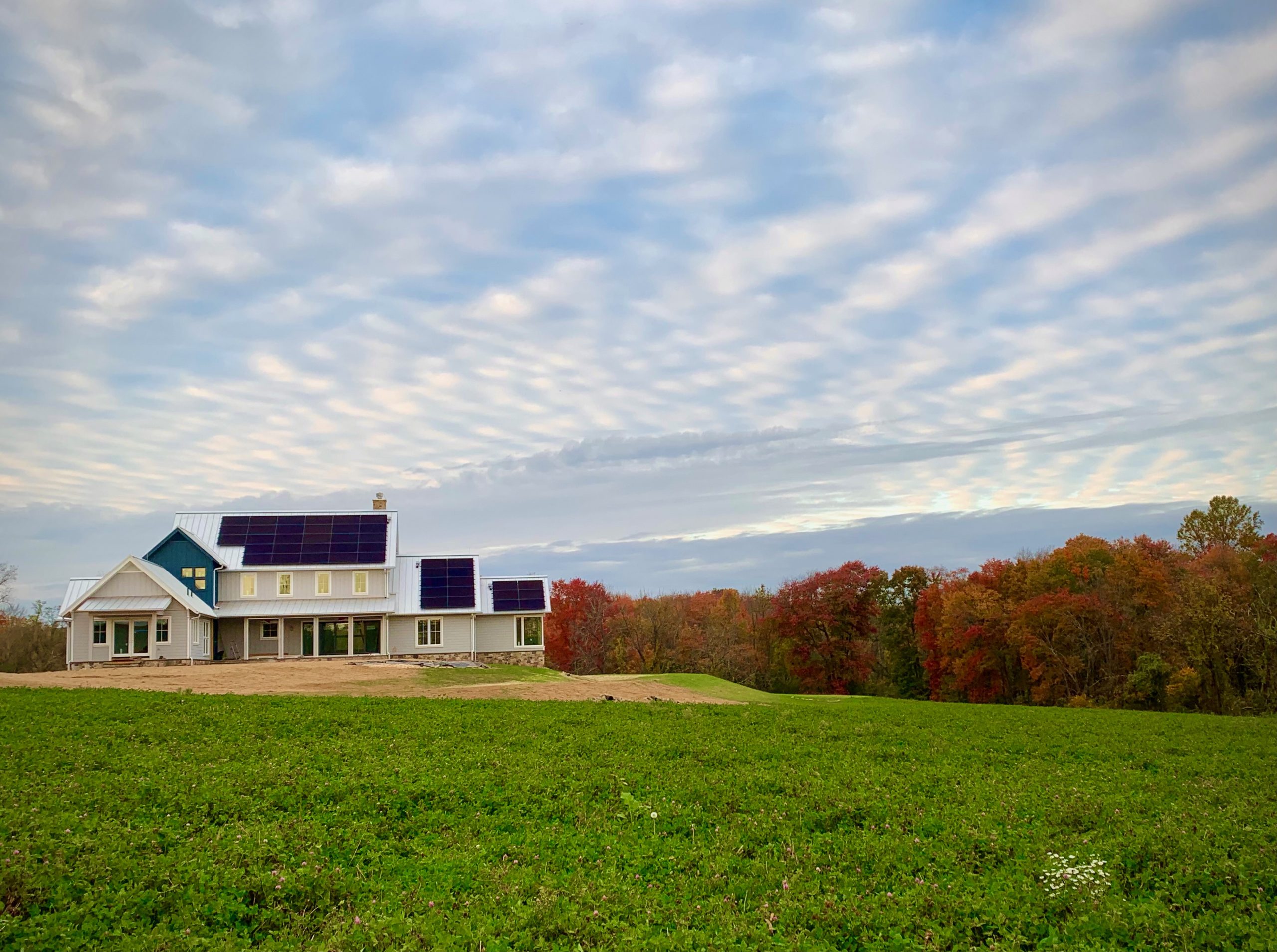Building the Passive House Legacy Through Responsible Land Stewardship
March 10, 2021Beyond R-Value: Insulation and the Zero-Energy Home
November 6, 2021
This 12-part blog series will share the vision, architectural challenges, and construction effort involved in building a new house, one that defies conventional home design by integrating the environment in a rigorous, unprecedented and beneficial way.
Based on a conversation with Jason D., Homeowner, Cold Brook Farm | April 1, 2021
Be the change you wish to see in the world.
—Mahatma Gandhi
Taking a zero energy home from the architectural drawing board to reality has been the realization of a lifelong dream—and a monumental challenge. Although Germany built its first Passivhaus in the late 1980s and the Swedish city of Växjö’s recently built eight-story passive highrises, there are still precious few similar projects to inspire and inform zero energy construction in the United States. With a void of practical information and a lack of legislative incentives to build to this standard, homeowners that choose to go the zero energy home route often forge their own paths. Cold Brook Farm has been no exception, but for Jason and Deborah D., there was more to achieve than just ticking the proverbial zero energy home boxes.
Cold Brook Farm joins a local community steeped in history. Tewksbury was incorporated as one of 104 original New Jersey townships in 1798, and today, residents actively work to preserve its rural character through organizations such as the Tewksbury Land Trust. For this reason, it was of the utmost importance to Jason and Deborah that, once finished, Cold Brook Farm would look right at home in the local built landscape, and whenever possible, be constructed using high-quality building materials that were sourced locally and architecturally appropriate. And, while decisions about constructing a zero net energy home will always be environmentally sensitive, they are also made with a view to supporting the local community that, in turn, supports Cold Brook Farm.
For a net-zero home, the goal is to create all of the energy used by the household over the course of the year from onsite, renewable sources. Cold Brook Farm was designed to an even higher standard when Jason and Deborah tasked the project team with defining net zero to include 30,000 miles of driving electric vehicles. Another tangential objective was to migrate away from fossil fuels in their entirety—as a building structure, Cold Brook Farm would be completely electric. From the type of insulation to the placement of the solar panels and choice of battery storage system, the devil really has been in the details.
Cellulose insulation that is efficient and recyclable
Homeowners have a whole host of options when choosing insulation, two of the most popular being fiberglass and spray foam. However, for Cold Brook Farm, plant-based, recyclable cellulose was the only real choice. With a comparable R-value to the many alternatives, cellulose insulation is made from recycled paper. Infused with borate, the insulation is anti-fungal, fire-retardant, and insect resistant. Greenfiber provided the cellulose insulation for Cold Brook Farm, and Paulsen Insulation in Basking Ridge, NJ, did the installation. Formaldehyde-free and comprised of 85% recycled material, cellulose insulation does not out-gas nor does it release odors or chemical dust—common attributes of other types of insulation. The cellulose insulation worked hand-in-glove with the internal truss structure of Tstuds® used to frame the home.

Solar panels, battery storage, and a seamless flow of energy
WESKetch Architecture + Construction sited and designed Cold Brook Farm so the longest part of the roof for both the house and the barn faced south, which would allow the seventy-one 375-watt solar panels to work most efficiently. With a home to power plus two electric vehicles that would utilize 25–30% of the electricity generated by the solar panels, Jason and Deborah opted for a hybrid solar model. Although connected to the electric grid like any normal house, an Enphase battery storage system will utilize Enphase Microinverters to send electricity to the home’s electrical panel first and then to Enphase AC batteries when excess energy is generated. During times when energy demand within the home exceeds what is being generated by the solar array—at night, for example—the house first draws power from the batteries, and only if demand is higher than available in the batteries will power be drawn directly from the grid. This configuration maximizes the amount of onsite generated energy that actually is used on the premises, supports the zero net energy goal for the home, and provides a backup power source completely independent from the electric grid.
LG Solar USA, a subsidiary of the South Korean company, LG Electronics, Inc., manufactures solar panels in Huntsville, Alabama, and provided the panels for Cold Brook Farm. Ryan Inc. in Union, NJ, did the installation. Significantly, although LG is an international company, the high-efficiency panels used for Cold Brook Farm are made domestically. The alternative solar panel provider, although headquartered in the US, manufactures and assembles its high-efficiency panels overseas.

In the same way that Jason and Deborah took a top-down view of the land stewardship for Cold Brook Farm to synergize Permaculture, organic farming, soil regeneration, and forestry management, figuring out the many materials for the home itself requires a similar overarching view. At every juncture of the design and build, the WESKetch Architecture + Construction team and the Cold Brook Farm family think local, sustainable and enduring. And, everyone keeps learning too in the hopes that they create the change they hope to see in the world.






2 Comments
Absolutely wonderful as a vision and a reality. You two are pioneering a trail I hope the rest of the world will follow. I look forward to seeing you through the rest of this exciting journey. Bob Cunningham
This is awesome. You guys are leading the way!! Just amazing. You should be so proud!